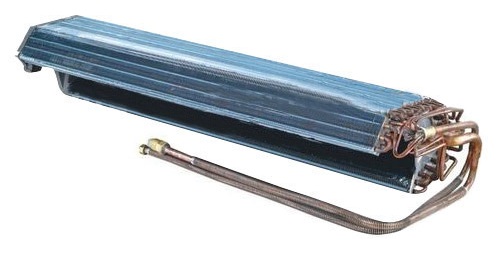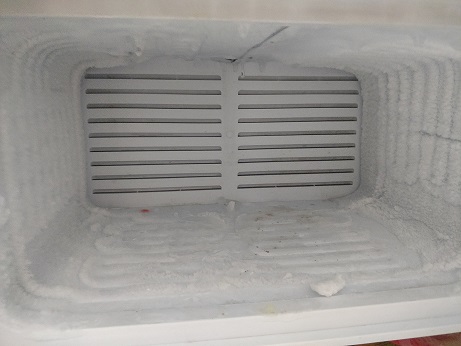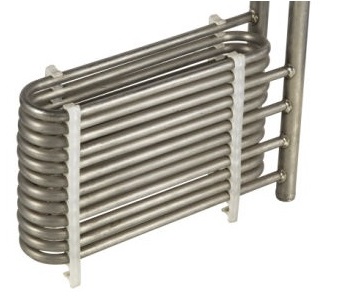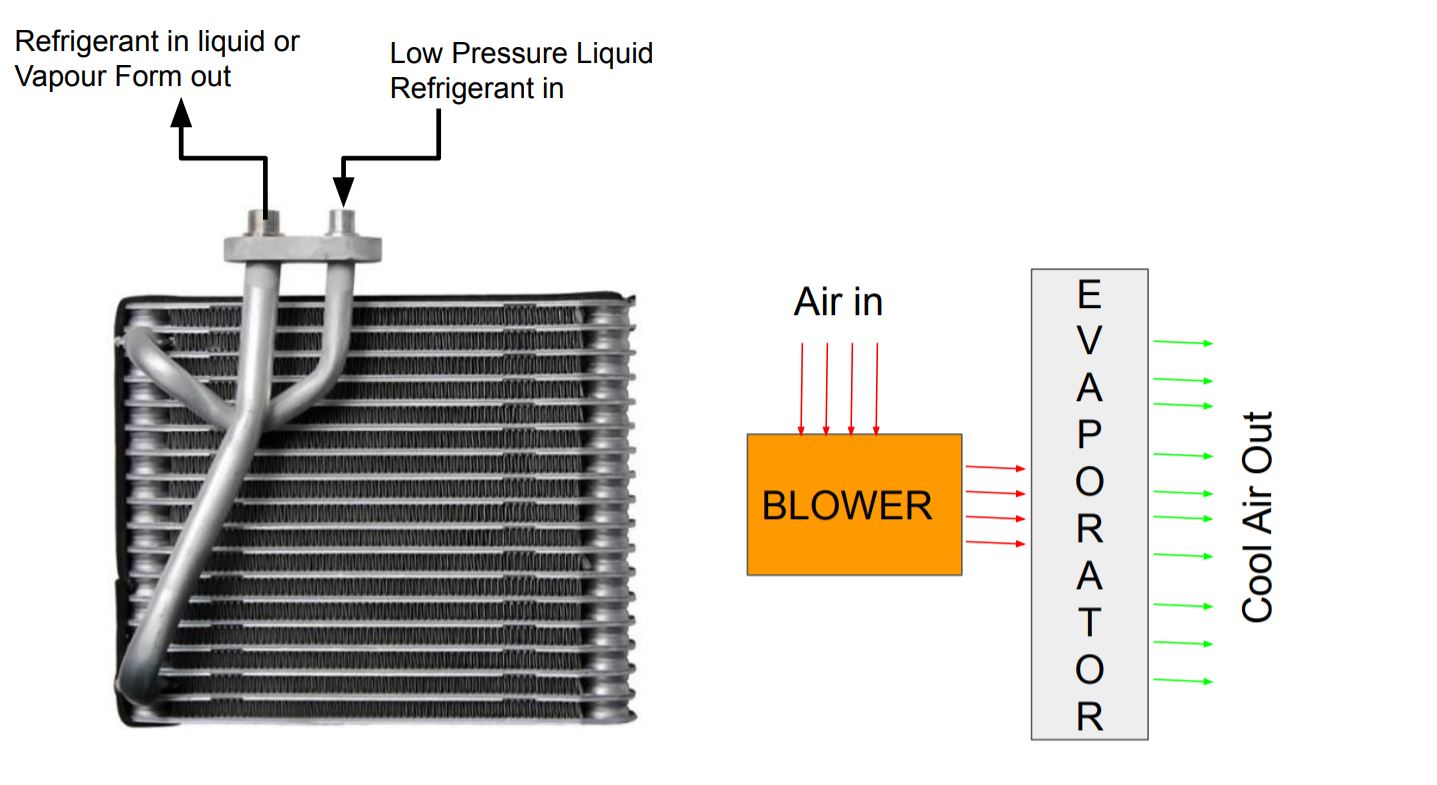Evaporation is a vaporization process where liquid changes into the gas phase at the surface of the liquid. This process maintains the water cycle on earth, refrigeration applications, re-vaporization of liquefied gases, etc. This article covers different types of evaporator and applications.
ANSI/AHRI Standard 420-2008 has defined standards for coil and fan evaporators used in the HVAC industry,
What are Evaporators?

An evaporator is a device that converts fluids from liquid form to vapors or gaseous form. In other words, evaporators aid the evaporation process.
For example, an evaporator application in a gas refrigeration cycle or air conditioning system is to remove heat from the external environment or object.

Types of Evaporator
- According to Air Flow
- Natural Convection Evaporators
- Forced Convection Evaporators
- According to Working Principle
- Falling Film Evaporators
- Nucleate Boiling Evaporators
- Flash Evaporation
- Direct Contact Evaporators
- Types of Evaporators according to their Construction
- Bare-Tube
- Plate Type
- Finned Evaporator
1. Types of Evaporator according to type of Air Flow
Natural Convection Evaporator
The Natural convection evaporators work on the natural convection principle where hot air moves up due to the density difference.
A natural convection evaporator does not require an external pump or fan to move the coolant. Therefore, we need to mount them at height. For example, a refrigerator has an evaporator on the top near the ice section.
Forced Convection Evaporator
In a forced convection type of evaporator, a fan or pump circulate the fluid in the heat transfer section. AC evaporator is an example of a forced convection evaporator. We suggest you also read this article on convective heat transfer.
2. Types of Evaporator according to their Working Principle
Falling Film Evaporator
Falling Film Evaporators consist of 4 to 8-meter tubes enclosed by steam jackets. The liquid film falls down from the top of the tube wall and evaporates. This type of evaporator has the application to evaporate highly viscous solutions such as sugar and chemicals.
Nucleate Boiling Evaporator
In Nucleate Boiling Evaporator, vapors are generated using wall nucleation. This process is similar to boiling the fluid.
Flash Evaporator
Flash Evaporators are used in seawater desalination plants to remove salt from seawater and produce distilled water. In this process, vapors are produced when a saturated liquid stream pressure reduces by passing through the throttle valve.
Direct Contact Evaporator
In direct-contact evaporators, hot gas is injected into a pool of liquid to be evaporated. They are low in cost and have applications to evaporate corrosive and viscous liquids.
3. Types of Evaporator according to their Construction
Bare-Tube Evaporator
Bare tube evaporators have applications in refrigeration and air-conditioning. They consist of hollow copper or steel tubes in a zig-zag, oval trombone fashion.

Bare tube evaporators cool liquid using conduction or forced convection by passing the cooling air through evaporator tubing. Steel tubes are generally used with ammonia refrigerant and in large evaporators.
Plate Type Evaporator
Plate-type evaporators consist of copper or aluminum plates embedded with each other. Inside these plates, the refrigerant flows in the metal tubes for evaporation process.

Plate evaporators are low-cost and have applications in the food industry for refrigeration and cooling purposes. For example, We can find plate evaporators in commercial and household refrigerators, deep-freezers, cold storage, ice cream freezers, etc.
Finned Evaporator
Finned evaporators are the types of bare tube evaporators with fins from the surface of the tube in open space. They have applications in air-conditioning and cooling where the fluid or air to be cooled passes over the evaporators.

Compared to bare tube evaporators, finned evaporators have the advantage of more effective cooling because of the increase in cross-section area for heat transfer. The finned evaporators have applications in the window, split, central, and car AC.
We will keep adding more information on various types of evaporators available in the market. Please add your suggestions, comments, or questions on different types of evaporator in the comment box. We suggest you also read this article on various modes of heat transfer.

Add a Comment